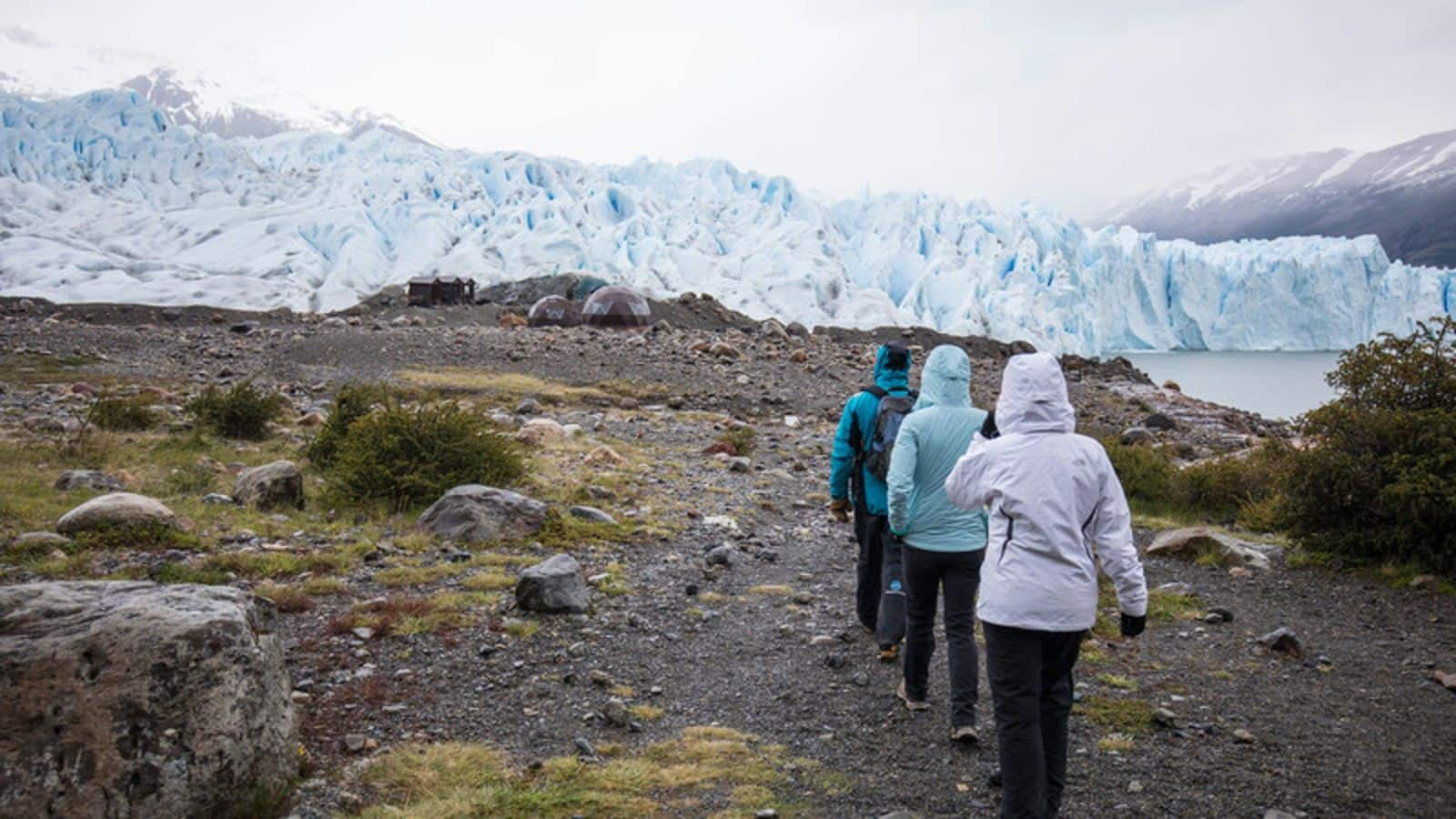
Patagonia trekking: When to plan for a unique experience
What's the story
Patagonia, a region spanning the southern reaches of Argentina and Chile, is a mecca for adventure enthusiasts. Its extensive ice fields and towering peaks draw trekkers from across the globe. Embarking on a glacier trek here is not merely a walk; it's an immersive excursion into an untouched wilderness, offering trekkers a profound connection with the pristine beauty of nature's unmarred landscapes.
Best time
Optimal glacier trekking season
The prime season for glacier trekking in Patagonia is the Southern Hemisphere's summer, stretching from November to early March. During these months, trekkers enjoy longer daylight hours and milder temperatures, which are conducive to exploring the vast icy landscapes. This period avoids the severe cold and heavy snowfall of winter, making it the most favorable time for adventurers to experience the region's majestic glaciers.
Shoulder season
Off-peak advantages
In April and October, Patagonia's trekking trails are quieter, offering a peaceful experience. Costs may be lower due to fewer tourists. Weather is less predictable, with possible snowfall. These shoulder months are ideal for those seeking a solitary adventure on the glaciers, away from the usual bustle, allowing for a more personal connection with the majestic icy landscapes.
Low season
Winter in Patagonia
Patagonia's winter, from June to August, sees most trekking routes shut due to heavy snow and severe cold. It's a period for experienced climbers only, as the conditions are particularly challenging. The beauty of the icy landscapes is undeniable, yet treacherous. With limited daylight hours, these months demand careful planning and resilience from adventurers who choose to explore the region's stark, frozen wilderness.
Preparation tips
Preparing for your trek
No matter the season of your Patagonian adventure, thorough preparation is essential. Equip yourself with high-quality, waterproof attire and durable hiking boots to navigate the terrain. It's crucial to stay informed about the weather conditions by checking forecasts regularly. For enhanced safety and a deeper understanding of the glacial environment, consider the benefits of enlisting a knowledgeable local guide for your journey.